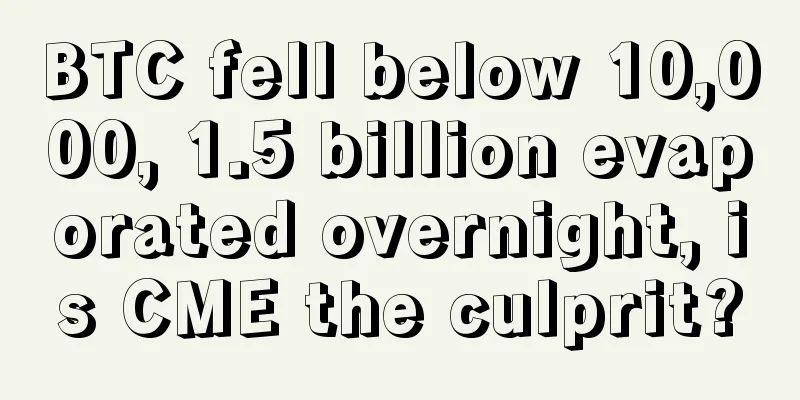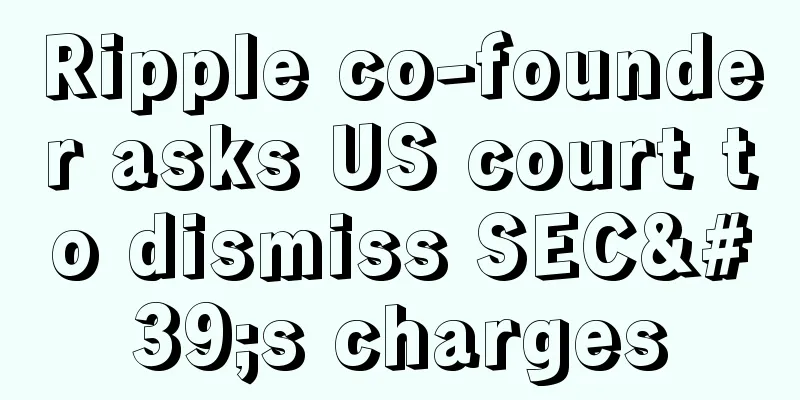Layer 2 tokens and ETH: Which one is easier to make money investing in?

|
Layer 2 on Ethereum has made significant progress in the past few years. Today, ETH L2’s TVL exceeds $40 billion, up from $10 billion a year ago. On @l2beat you’ll find a list of 50+ L2s, though the top 5-10 account for over 90% of TVL. After EIP-4844, Txns fees are very cheap, with fees for Base, Arbitrum, etc. being less than $0.01. Still, L2 tokens have generally performed pretty badly as liquidity investments compared to ETH (they are clearly excellent venture investments). Let’s go back and plot the valuations of the major L2s vs ETH. One notable observation: Even though the number of listed L2s has increased, their percentage of ETH’s total FDV has remained the same. Two years ago, the only listed L2s were Optimism and Polygon. They accounted for 8% of ETH. Today, we have Arbitrum, Starkware, zkSync all joining the L2 ranks. They now account for 9% of ETH. Every new L2 token that enters the market actually dilutes the valuation of previously listed tokens. Compared to ETH, the returns on investing in L2 tokens are quite significantly lower than ETH. Returns over the past 12 months (as of today): ETH +105%; OP +77%; MATIC -3%; ARB -12%. The leading L2 token has long had a FDV of ~$10B. In a sense this is fairly arbitrary and I don’t think there is a good reason from market participants why the valuation is $10B vs $20B vs $3B. Ultimately there is significant supply pressure in the form of vesting, unlocking, etc. - from people who need liquidity and/or a surge. Why isn't there more liquidity buying these L2s? The aforementioned L2s generate $20-30 million in fees per month. Since eip-4844, fees have dropped and now total $3-4 million per month. This equates to $40-50 million in fees per year. Blobs are dirt cheap right now. Most of the revenue goes to the bottom line. (Including optimization, arbitrum, polygon, starkware, zksync) The combined value of these leading L2s is now about $40 billion FDV, with an annualized cost of $40 million. That’s about 1,000x. This is in stark contrast to the large DeFi protocols, which have valuations much lower than DeFi protocols (based on annualized fees in the last month). Typically in the 15-60x range. DYDX - 60x; SNX - 50x; PENDLE - 50x; LDO - 40x; AAVE - 20x; MKR - 15x; GMX-15x. There are many more L2s in the pipeline. As these products come to market, it will likely continue to put pressure and dilute the FDV category of L2s. The supply is simply too large for the liquidity market to easily support. A few final thoughts:
|
<<: Cryptocurrency’s political influence in the United States
Recommend
Why did Jack Ma’s Blue Pool Capital bet on NFT when investing in a blockchain project for the first time?
"Blockchain Daily" (Shanghai, reporter ...
How to tell your fortune from your palm
The state of destiny and fortune is something tha...
Lucky face reading: what can women learn from face reading to help their husbands win luck?
If a woman is a lucky charm for her husband, she ...
Moles on women's eyes - illustration and analysis of mole physiognomy
Moles are very common, and in physiognomy, moles ...
Bitcoin Wallet Platform BTC.com Partners with Kraken to Allow Users to Buy Bitcoin Directly from It
Golden Finance News - BTC.com, a popular Bitcoin ...
How to tell whether a mole on the clavicle is a good or bad mole?
Moles on any part of the body will have special e...
Opinion: DeFi should not be limited to a single Ethereum framework
The burgeoning world of decentralized finance (De...
How is the career luck of people with big earlobes?
Generally speaking, a person's career luck is...
What caused Bitcoin to fall below $60,000 after Coinbase listing?
Bitcoin (BTC) prices fell below $60,000 on April ...
How to read the fortune line in palmistry
How to read the fortune line in palmistry Analysi...
Miners have enough food and will not leave in the cold winter丨People in the chain
The recent Bitcoin curve has affected the currenc...
What kind of palm lines make women look strong? What are the palm lines of a strong woman?
Since ancient times, men have hoped that their wi...
Complete bone structure - Emerald ring star bone
Complete bone structure - Emerald ring star bone ...
What kind of woman is the most powerful?
Men should all like women who are petite, gentle,...
What facial features indicate wealth and a lifetime of wealth?
It is said that the world of the poor is difficult...









